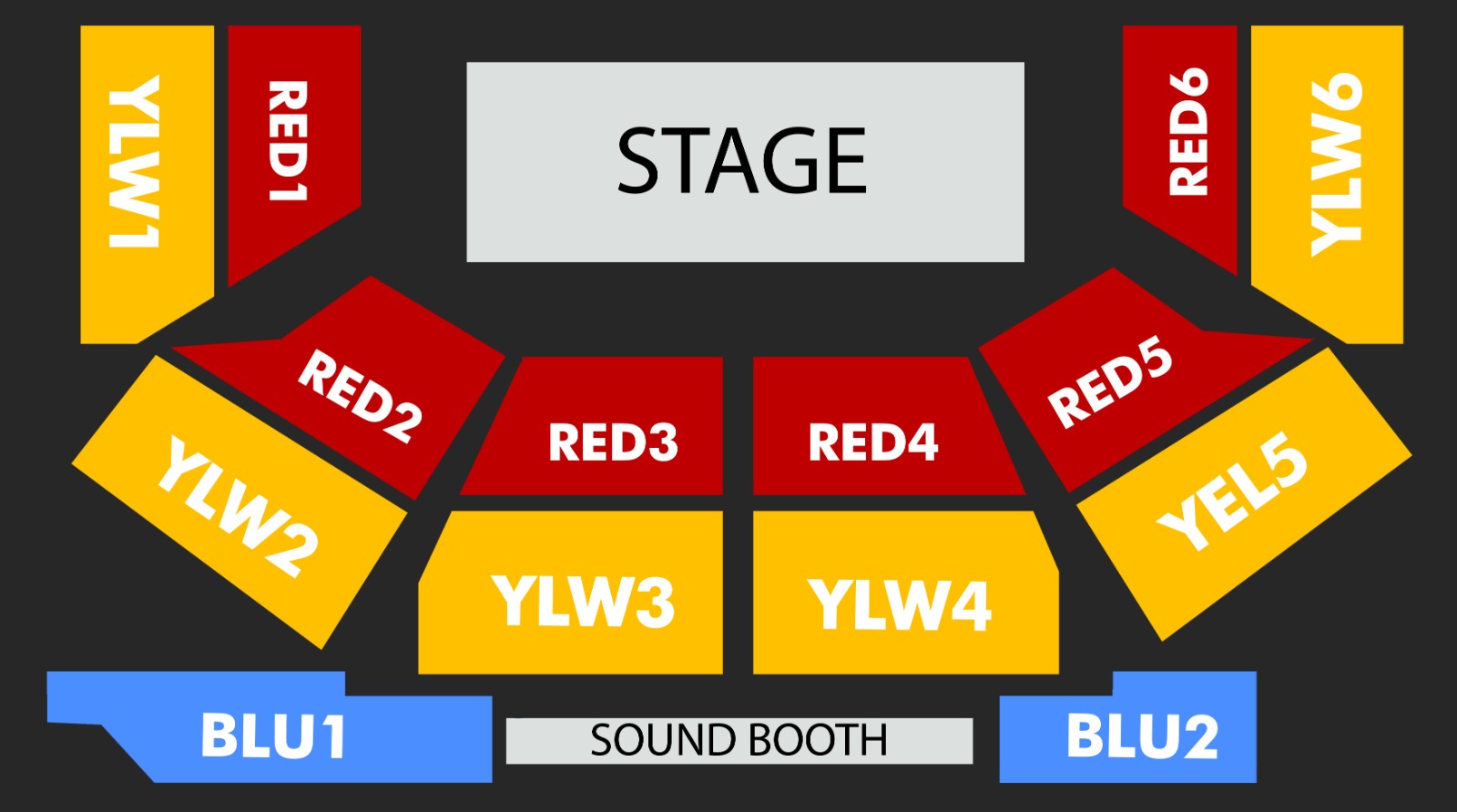Patient Self-Determination Act (PSDA)
Patient Self-Determination Act (PSDA)
![]() Nov 23, 2022 05:30 AM - Nov 23, 2022 10:00 AM
Nov 23, 2022 05:30 AM - Nov 23, 2022 10:00 AM
Timezone
No tickets available for purchase now.
Subscribe Notification
* Tickets amount and categories may not be always available when tickets go on sell, this is solely for the purpose to notify you when tickets become available.
Refund Policy : Refund available until 2 day before the event
 Description
Description
The focus of this discussion is refusal or withdrawal of patient treatment or procedures. There are numerous cases in medical practice when patients are incapable of making informed decisions or lack a healthcare agent who would give an advice when the patients’ preferences are unclear. Despite such uncertainties in healthcare delivery, nurses still have to recognize and respect patient’s wishes by utilizing the four box approach, as it is demonstrated in the following scenario.
Four Box Method
Medical Indications
Mr. Long was diagnosed with an advanced stage of pancreatic cancer. He has been undergoing chemotherapy for the last six months. His condition is critical, and the prognosis is that that the patient will die in a few weeks. There is only a very low probability that the treatment will be successful. In Sarah’s case, the patient diagnosed with metastatic cancer was delivered to hospital due to a near-death experience. The patient is, therefore, in a critical condition.
Patient’s Preferences
Mr. Long did not express any medical preferences or wishes apart from the desire to see his ex-wife without the knowledge of his family. The nurse should respect the decision of the patient as he is the conscious mind. Sarah’s patient has an advanced directive, which is the living will for his healthcare (Rushton, Kaylor, & Christopher, 2012). The patient’s advanced directive states that under no circumstances the patient should be resuscitated. In other words, healthcare providers should not take any measures but let the patient die. The patient was at home when the near-death experience happed. Hence, presumably, the patient wanted to spend the last days of his life with his family at home rather than in hospital.
Quality of Life
According to Schumann and Alfandre (2008), the quality of life of a patient may differ, and the best way to define it is by using the patient’s expressed wishes, values and preferences. In the first case, Mr. Long did not make any remarks that could be used to presume his quality of life. As for Sarah’s case, the patient who was admitted with metastatic cancer made an advanced directive not to perform any resuscitation. Hence, the graduate nurse faces an ethical dilemma. Assuming that currently, the patient may be in a minimally conscious state, Sarah’s mentor, Joe, insists on providing emergency services as they swore the Hippocratic Oath to preserve patients’ life. On the other hand, the patient expressed his refusal from resuscitation. According to PSDA, healthcare providers should respect the patient’s choice of the quality of life (Rushton, Kaylor, & Christopher, 2012). Therefore, in this situation, the nurse should document her conversation with the patient and act as his advocate. She should inform her mentor about the contents of the documentation so that he may understand the patient’s preferences and wishes.
Contextual Features
Schumann and Alfandre (2008) state that the patient’s decisions are affected by various social factors, such as the current living situation of the patient, his/her major caregivers, and religious and cultural beliefs of the patient and his/her family. In Mr. Long’s case, the caregivers involved are his wife and teenage children, who have not expressed any wishes. According to Dillman (2015), in such cases, it is necessary to engage the patient and his family in an advance directive (AD) discussion because he is in a near-death situation. In Sarah’s case, there already is an advanced directive; therefore, there would be no legal ramifications if the patient died. It can also be inferred from The Physician Orders for Life-Sustaining Treatment Paradigm (POLST) that since Sarah was the primary caregiver, her medical opinion should have been taken into account as well.
Summary
All in all, although the Patient Self-Determination Act was passed in 1992 and hospitals are mandated to provide patients with the documents, few people have completed an advanced directive so far. The Act gives the patient the right to make informed decisions regarding their healthcare and well-being. It also states that the caregiver should not discriminate a patient who has an advanced directive and legally ensure that the documented medical wishes are respected.
Read also how to write a business report business report writing service



